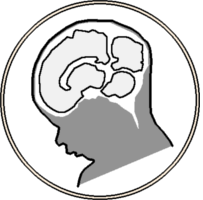Karimi, Davood, and Ali Gholipour. (2022) 2022. “Diffusion tensor estimation with transformer neural networks”. Artif Intell Med 130: 102330. https://doi.org/10.1016/j.artmed.2022.102330.
Diffusion tensor imaging (DTI) is a widely used method for studying brain white matter development and degeneration. However, standard DTI estimation methods depend on a large number of high-quality measurements. This would require long scan times and can be particularly difficult to achieve with certain patient populations such as neonates. Here, we propose a method that can accurately estimate the diffusion tensor from only six diffusion-weighted measurements. Our method achieves this by learning to exploit the relationships between the diffusion signals and tensors in neighboring voxels. Our model is based on transformer networks, which represent the state of the art in modeling the relationship between signals in a sequence. In particular, our model consists of two such networks. The first network estimates the diffusion tensor based on the diffusion signals in a neighborhood of voxels. The second network provides more accurate tensor estimations by learning the relationships between the diffusion signals as well as the tensors estimated by the first network in neighboring voxels. Our experiments with three datasets show that our proposed method achieves highly accurate estimations of the diffusion tensor and is significantly superior to three competing methods. Estimations produced by our method with six diffusion-weighted measurements are comparable with those of standard estimation methods with 30-88 diffusion-weighted measurements. Hence, our method promises shorter scan times and more reliable assessment of brain white matter, particularly in non-cooperative patients such as neonates and infants.

